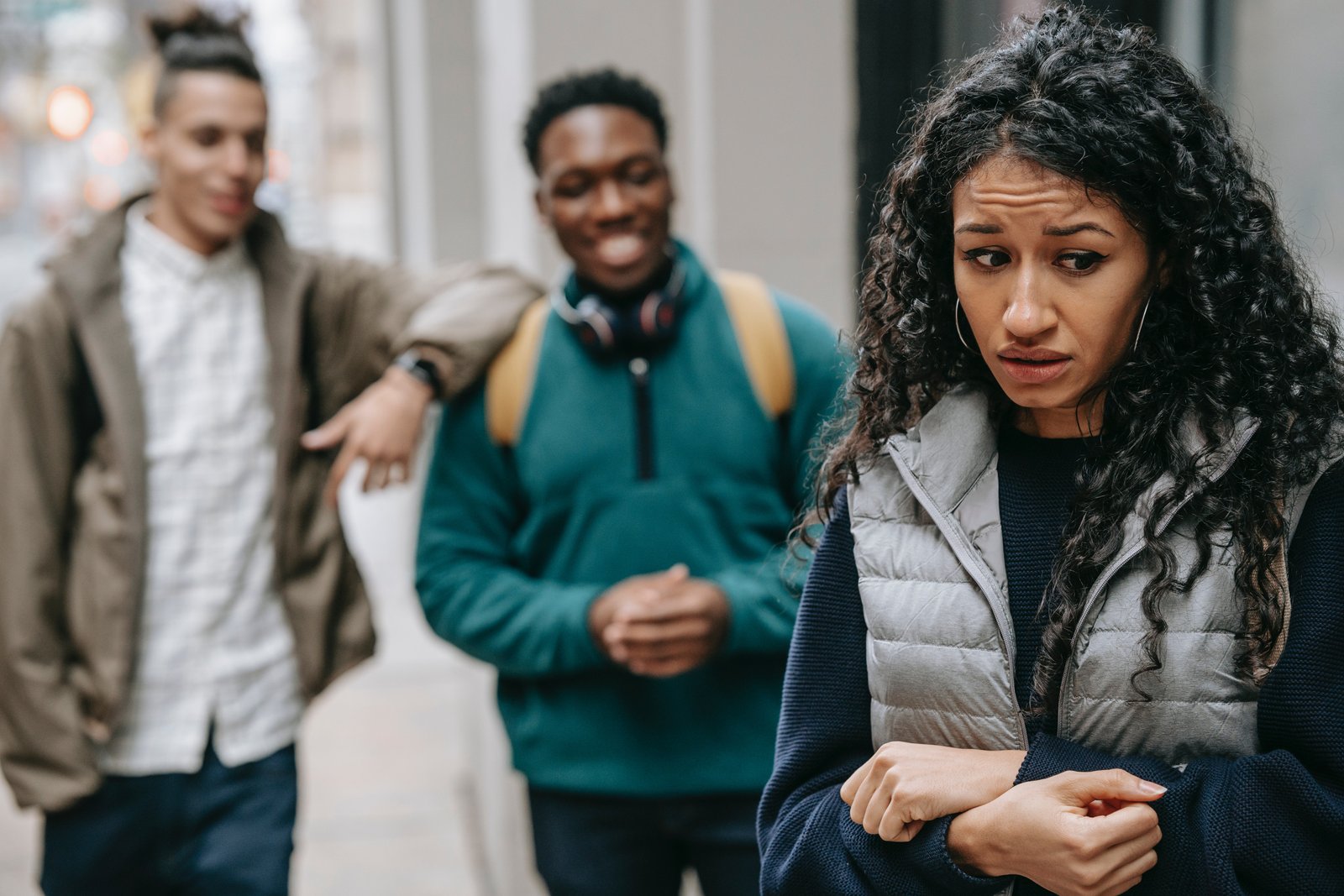Post-pandemic social anxiety: why we can finally talk about it in 2022

If you are like me, you have been prone to bouts of social anxiety since long before the advent of the pandemic. Social anxiety, the sticky psychological scourge that affects nearly 14% of adults in Ireland and over fifteen million in America, is characterised by a persistent fear surrounding everyday social situations. And, not to be dramatic, but the pandemic has made it a billion times worse.
Before March of 2020, back in those salad days when we thought cataclysmic things like a pandemic only happened in sci-fi novels, the way to treat social anxiety, like any anxiety or phobia, was through exposure. By voluntarily confronting the feared situation in measured doses and using coping mechanisms to do so, you could chip away at the fear until eventually the situation would no longer prompt anxiety.
This meant that, while my anxious instincts often told me to cancel social plans in favour of the more comfortable option of staying home, it was in my best interest to push myself into social environments regardless of how much the idea made my stomach twist.
But the circumstances of a long-lasting pandemic made exposure therapy impossible, or illegal in many jurisdictions. The restrictive parameters surrounding our ability to socialise during the last two years prevented us from the exposure that is necessary to beat back an anxious thought loop.
Not to mention that we’ve actually received positive reinforcement for actively avoiding social exposure. As written in a 2021 article from the Journal of the American Academy of Child and Adolescent Psychiatry: “In many jurisdictions, citizens are being commended by politicians and public health officials for engaging in practices aimed at mitigating viral spread, including physical distancing and avoiding nonessential travel outside of their homes.”
Opportunities to socialise outside the home were not only discouraged but prohibited in Ireland for months at a time. We were incentivised to stay home to protect the community, commended for continuing to isolate ourselves from our friends and loved ones.
As a result, the aforementioned article points out, “people with social anxiety disorder are receiving positive reinforcement for avoiding the very situations to which psychological treatment would encourage exposure.”
And now, after so many months of obligatory social isolation, things are finally beginning to resemble the world we used to know. Parties, indoor dining with friends, club nights, jam-packed concerts – these outings are at our fingertips again at long last. It feels as if we’re waking up from a long and harrowing dream, but with a bunch of new neuroses that only got worse every time another lockdown or reopening was irreverently announced.

We wrote an article about post-pandemic social anxiety back in October 2020 with the unfortunately misguided idea that we had reached an end to the nightmare:
While the coping mechanisms for social anxiety remain largely the same, the circumstances are worlds apart. October 2020 was a mere six months after the start of the pandemic. Things were only just getting started. It’s endearing that we thought we had problems back in October 2020, when we were still in the first wave of this relentless, viral tsunami. People were probably still baking bread to pass the time and having cocktails and game nights on Zoom.
It’s not the same now. After new variants emerged and lockdowns came and went and came again, it got harder to remember what it was like to not live in a hypochondriac’s hellscape. Whatever unease we felt back in 2020 has by now metastisized and crystallised and formed the better part of our personalities without our realising. It is not the same now.
The same article from the Journal of the American Academy of Child and Adolescent Psychiatry states that “avoidance begets further avoidance by way of negative reinforcement”.
What it means is that the behaviour of avoiding socialisation is only strengthened by – you guessed it – avoiding socialisation. We have had two years of said avoidance begetting further avoidance; back when Babylon published that first piece about social anxiety in October 2020, we had only met the tip of the anxiety iceberg. None of us had even been vaccinated at that stage. With hindsight, it’s easy to see that we couldn’t properly and effectively deal with the matter of social anxiety when there was still a risk of dying from COVID on the front burner.
Now the terrain looks different. Over 80% of adults in Ireland are fully vaccinated, and we’re even on to boosters at this stage. Though we’d be justified in feeling weary of any promises that the pandemic is “over”, the recent reopening of social venues at full capacity brings us the closest we’ve been to normality since this hell began. And we’re probably confronted with quite a few more social options than we were back in October 2020.
It’s naive to think we can pick up our social lives where we left them two years ago. It is not the same world as the one we knew before the pandemic, and we are not the same selves as we were back then. COVID made socialising uncomfortable in ways I could not have fathomed prior to the year 2020, and I was an anxious person to begin with. But we’re finally at a point of openness that allows us the space and freedom to work on the residual issues left by the pandemic.
And even though it scares me, I’m ready for that exposure therapy.
